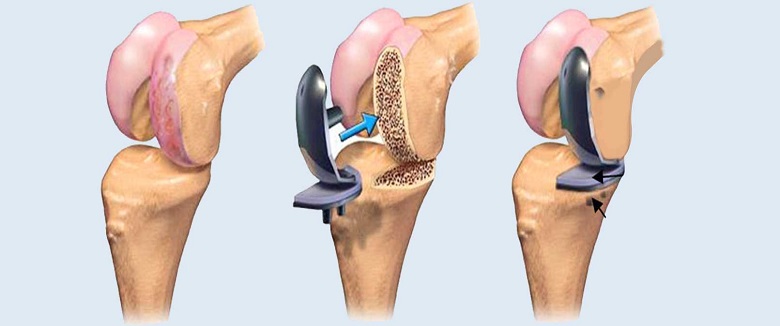With improved medical attention as people start to live longer, the need for joint replacement will become inevitable in health care. The most common joint replacement today is replacement of the hip, knee, and shoulder. As the increase in the elderly population is found to be a noticeable statistic in the demographic, cases of surgical procedure has now started to rise manifold. Improvement in surgical procedures is now ever increasing and is stated to keep on rising. In the USA alone, the prediction is that between 2005 and 2030, replacements of the hip and the knee will rise a massive 174% to 673% for various types of joint replacements.
In the UK, at the same time, there were 10,145 hip replacements for people aged below 60 years and very recently 17,883 in 2014-15. This is again a massive 76% rise since the last decade. It is found that most joint replacements that took place have occurred due to osteoarthritis. As we get older, one change that is the most noticeable is a depreciating walking pattern. For instance, women usually suffer from low bone density as a part of the aging process. During this stage, joints become stiffer and less flexible. The fluid in the joints starts to reduce such that the cartilage may begin to rub together and gradually erode. It leads to deposition of minerals around the joints or Calcification, particularly in the shoulder joint.The hip and the knee joints are the most common areas that suffer from loss of cartilage.
Age related impacts on bone joints
All elderly individuals are affected by joint changes in some way or the other. The conditions vary from stiffness to Arthritis. With age, there’s the onset of various joint related problems such as bones can become brittle and be more prone to breakage. The other common effects that occur is inflammation, pain, stiffness, joint structure deformity, and more. Such changes can cause individuals to become unsteady and week on their feet. As a result, many a times the elderly suffering from unsteady feet can fall.
A sudden slip can have a serious impact on the individual’s well-being and results in serious damages such as a fracture in the hip. Hence, help should be sought at the earliest for such patients.
Remedy to treat weak joints
One of the most viable option is joint replacement. It will provide relief from pain and disability. It is common for people to seek joint replacements as they age. The reason is that joints are often subjected to a considerable amount of wear and tear throughout the lifetime of an individual. In fact, statistics show that most joint replacement procedures are conducted due to the impact of osteoporosis. For this at present there is no cure.
The procedure of joint replacement involves removal of the damaged part and then replacing it with an artificial joint. The joint replacement can be either cemented or non-cemented. Cemented joint replacements must be fixed to the remaining bone using a cement ingredient. As the healing ability of individuals reduces with age this is a more common practice. Non-cemented cases of joint replacement are performed in the case of younger individuals where the bones can grow around the replacement and get fixed in place. However, joint replacement following this procedure takes a long time as the healing may be considerably slower.
The recovery time following a joint replacement is usually long with the need of physiotherapy and support in order to regain bone flexibility. Individuals may manage to regain flexibility in activity within two to three months. The benefits of a new joint from joint replacement can be obtained after a year of full recovery.




